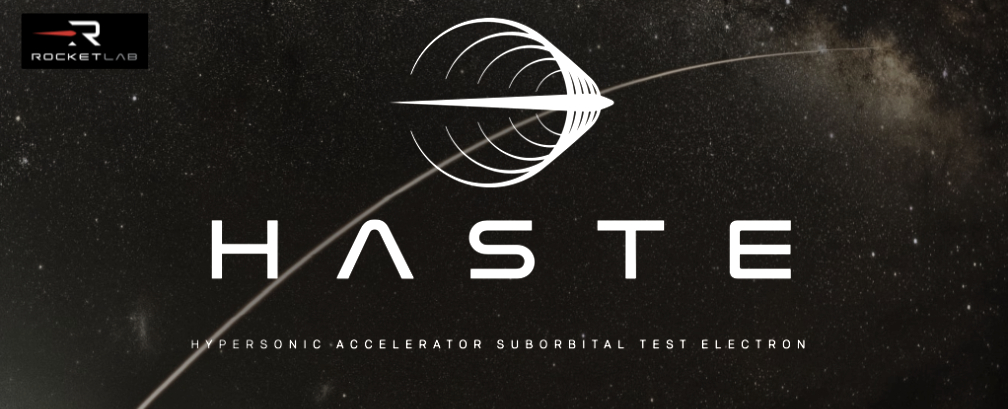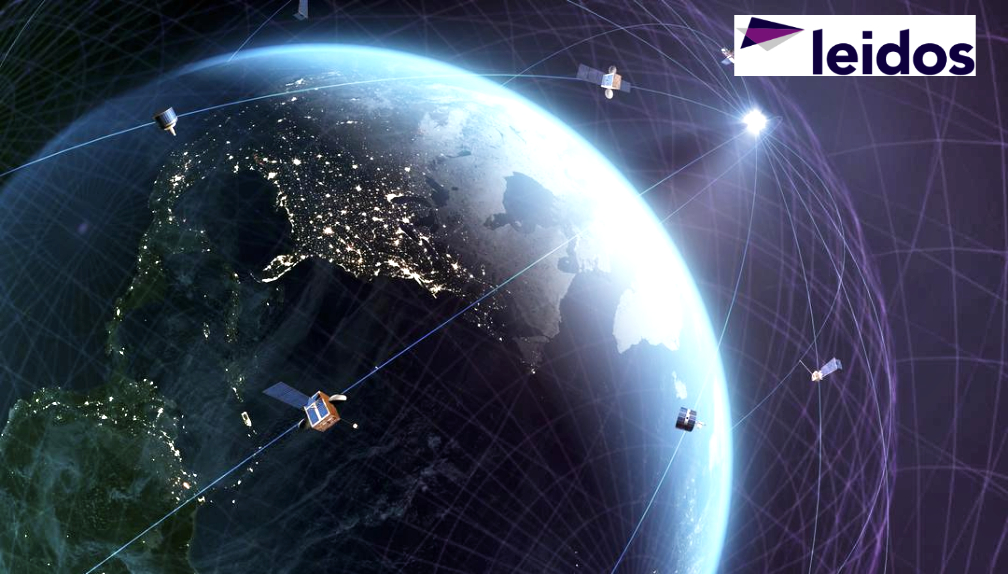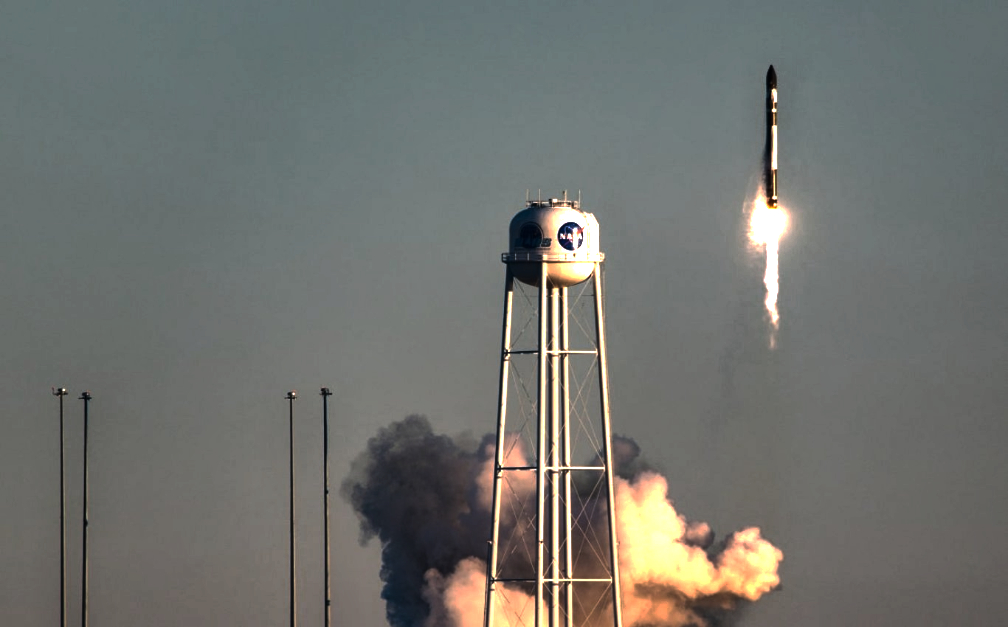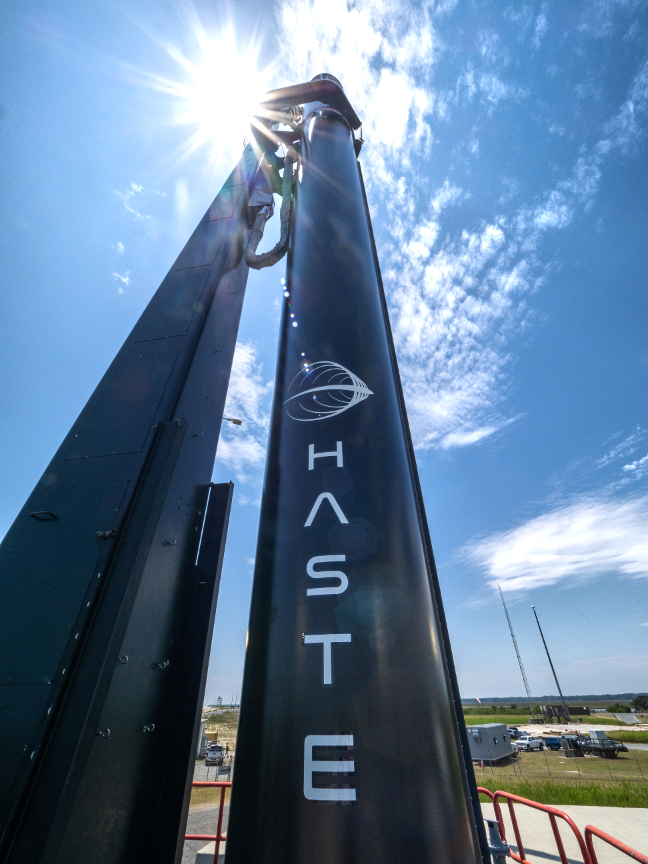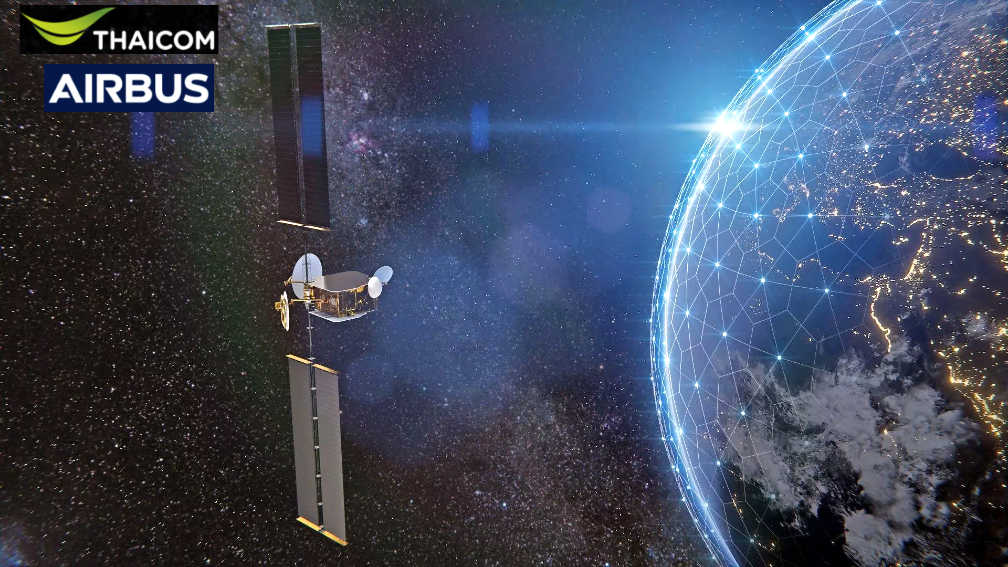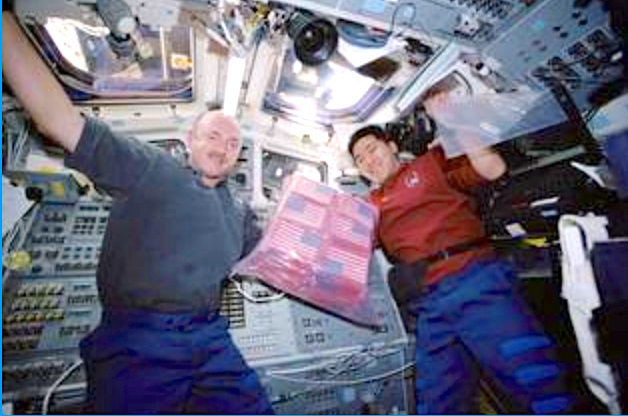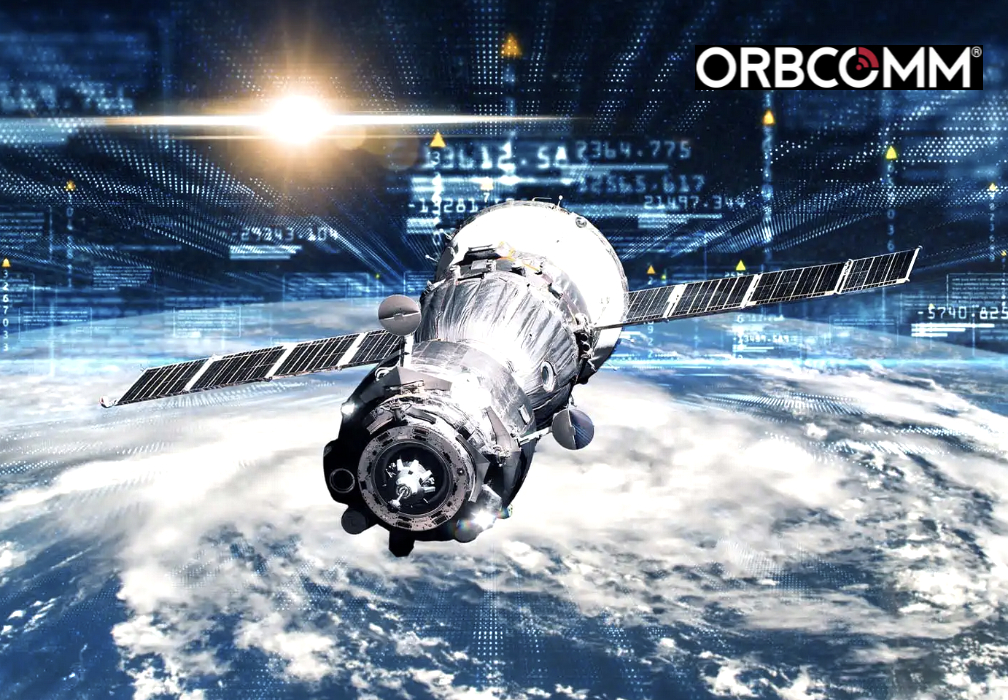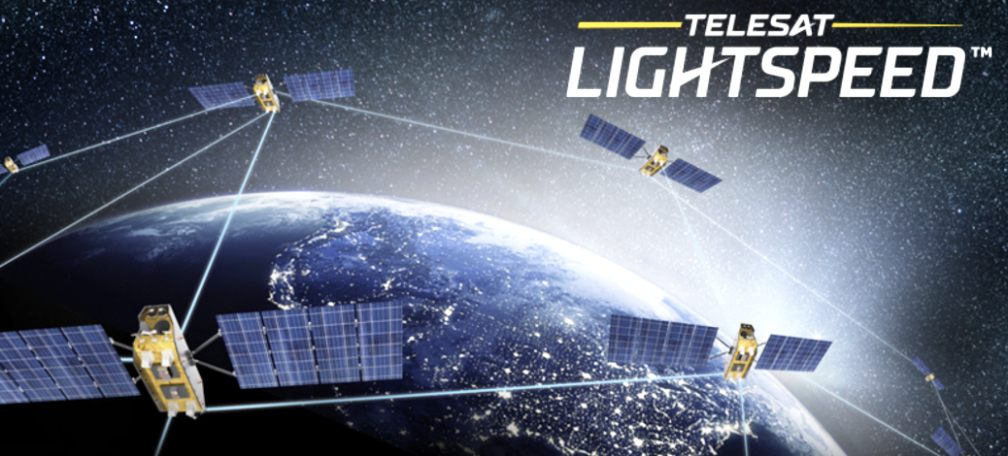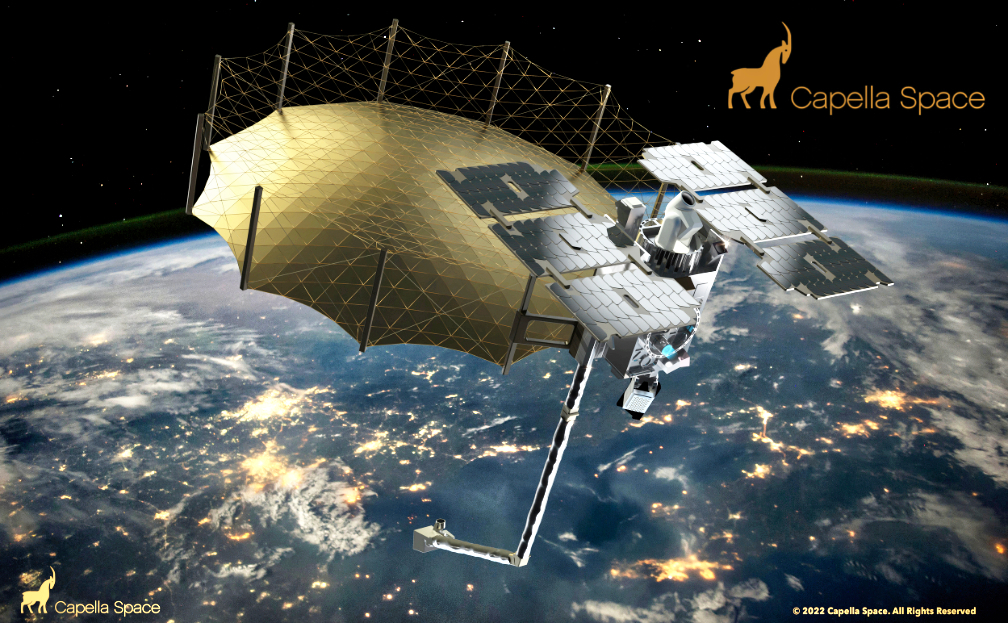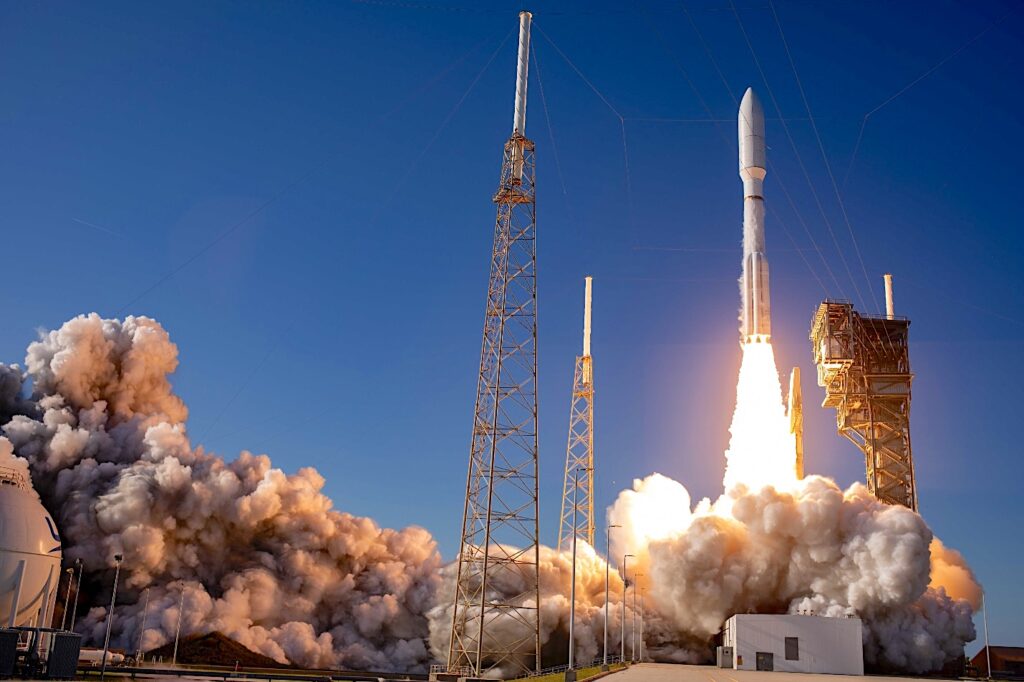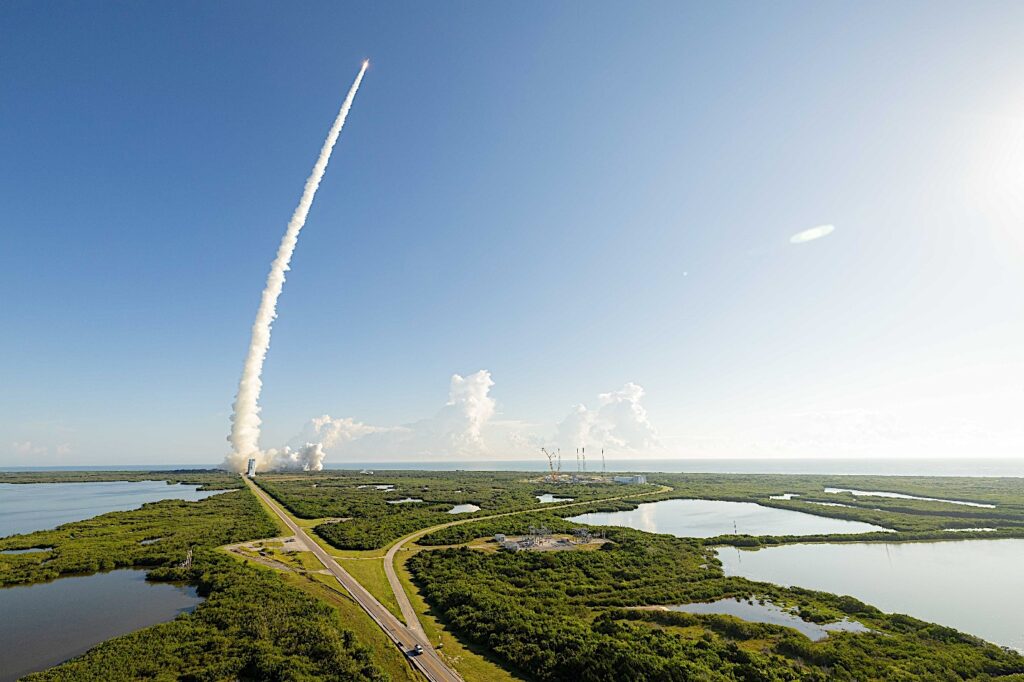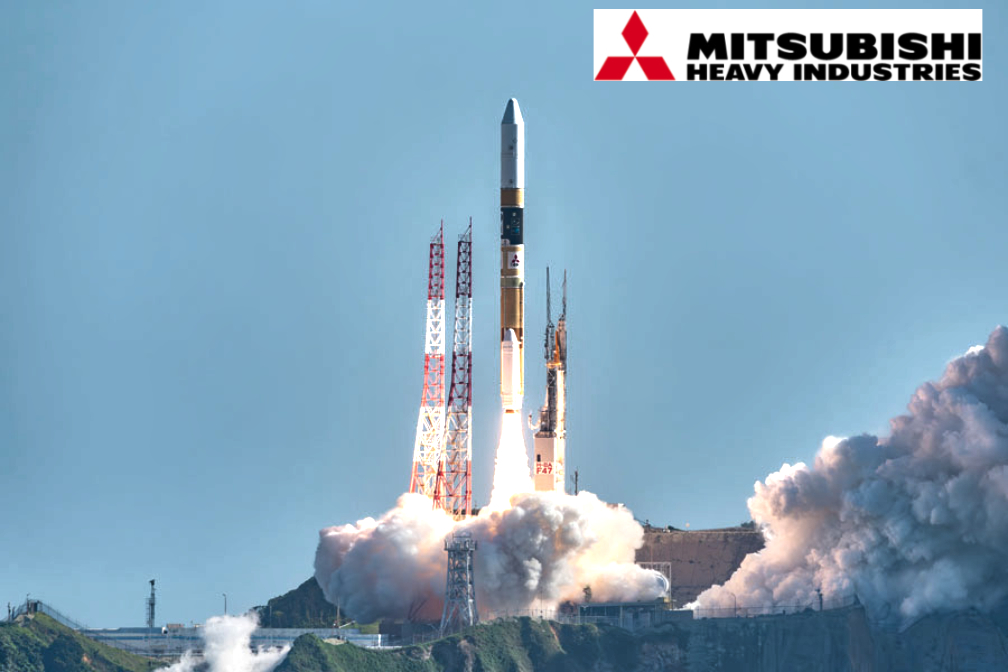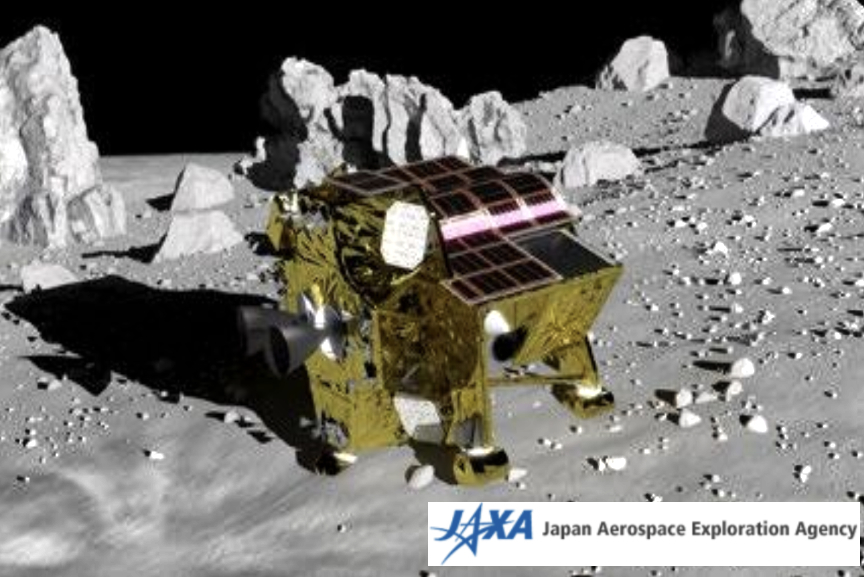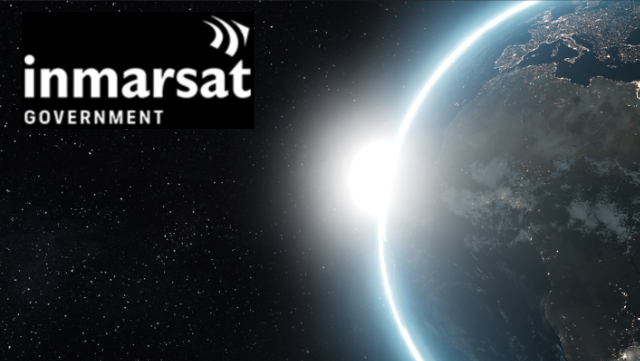
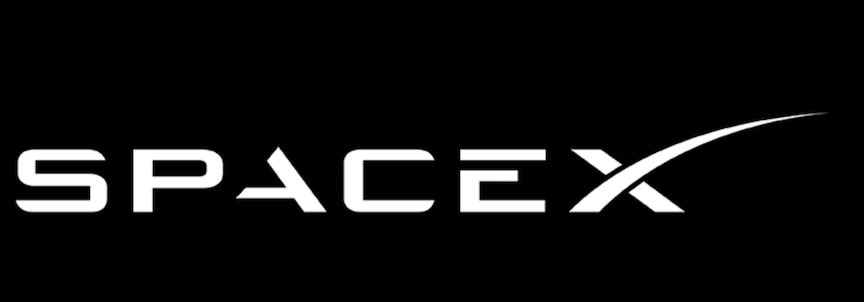
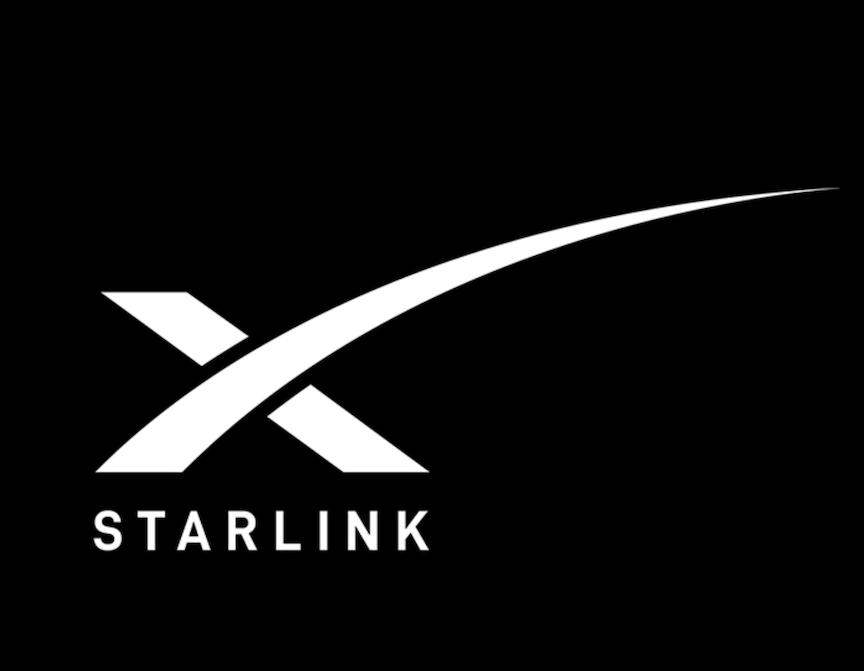
SpaceX is ramping up once again and targeting Friday, September 15 at 12:03 a.m. ET (04:53 UTC) for a Falcon 9 launch of 22 Starlink satellites to low-Earth orbit from Space Launch Complex 40 (SLC-40) at Cape Canaveral Space Force Station in Florida. If needed, an additional opportunity is available at 12:30 a.m. ET (04:30 UTC). Two backup opportunities are also currently available on Friday, September 15 at 11:38 p.m. ET (03:38 UTC September 16) and Saturday, September 16 at 12:07 a.m. ET (04:07 UTC).

This is the fifth flight for the first stage booster supporting this mission, which previously launched Crew-6, SES O3b mPOWER, and two Starlink missions. Following stage separation, the first stage will land on the Just Read the Instructions droneship stationed in the Atlantic Ocean.
SpaceX is leveraging its experience in building rockets and spacecraft to deploy their advanced broadband internet system. As the world’s leading provider of launch services — and the only provider with an orbital class reusable rocket — SpaceX has extensive experience with both spacecraft and on-orbit operations.
A live webcast of this mission will begin on X @SpaceX about five minutes prior to liftoff.
Although the launches are taking place quickly despite hurricanes and rare technical difficulties, the goal of 144 launches would require the turnaround time to approximately six days. This would be possible for Of Course I Still Love You to support as the West Coast drone ships are in closer proximity to the port, and are easier for the teams to turn around reducing the time by two days, as opposed to the East Coast missions.

